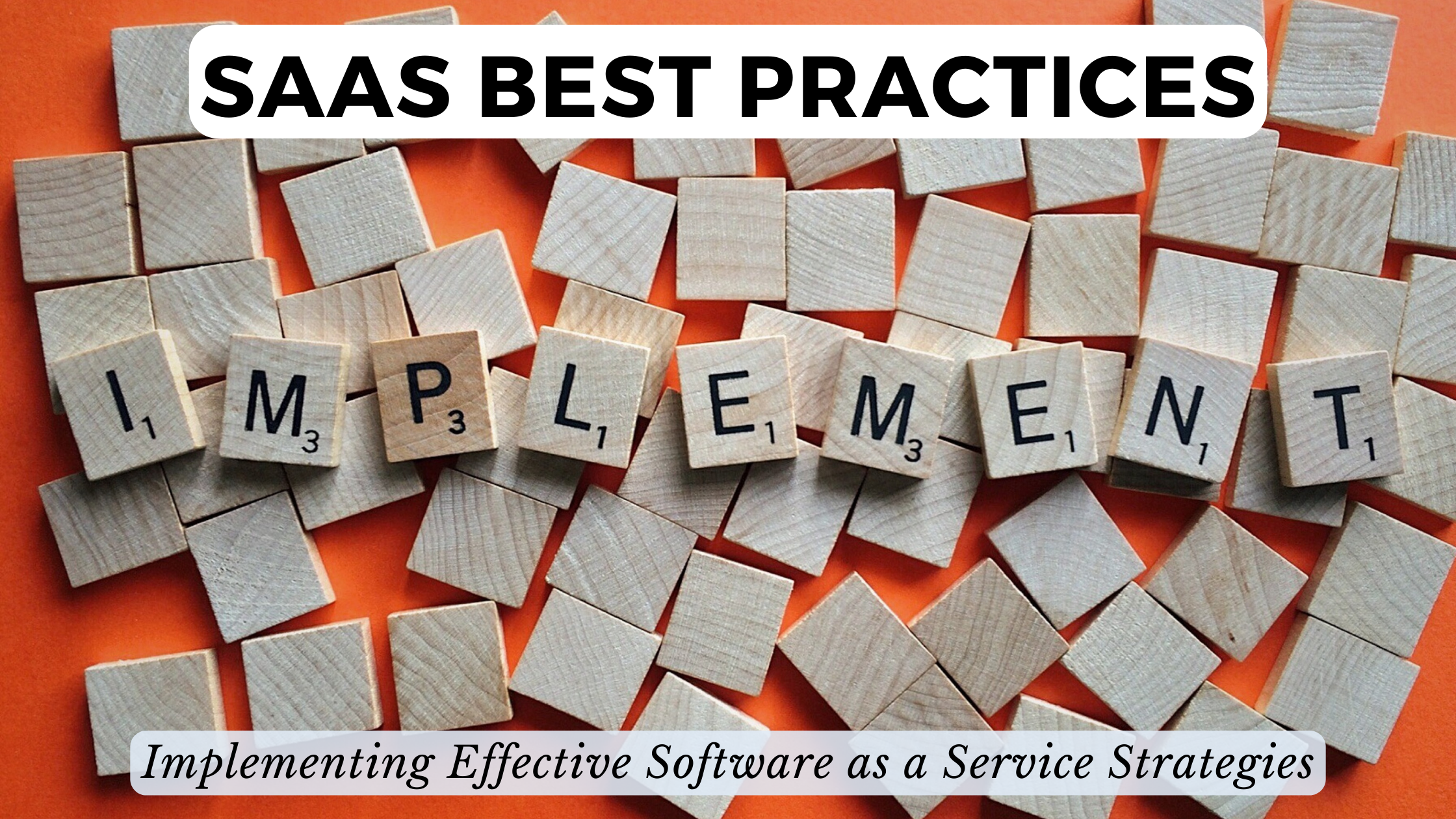SaaS Best Practices: Implementing Effective Software as a Service Strategies
- Expense Management Software Credit Cards Investing Business Solutions


SaaS Best Practices: Implementing Effective Software as a Service Strategies
In the dynamic landscape of Software as a Service (SaaS), adopting best practices is key to maximizing the benefits of these powerful tools. Let’s explore essential strategies and highlight top-performing SaaS products that exemplify these best practices.
The Foundation of SaaS Best Practices
Understanding Your Needs: Before diving into the SaaS ecosystem, it’s crucial to identify your specific needs. G2 provides a comprehensive platform for users to discover and review various SaaS products, ensuring you make informed decisions aligned with your requirements.
Scalability and Flexibility: Successful SaaS strategies prioritize scalability and flexibility. Salesforce stands out for its adaptability, offering a range of cloud-based solutions that can scale with your business, from CRM to marketing automation.
Security and Compliance: Security is non-negotiable. Okta is a leader in identity management, ensuring secure access to SaaS applications with robust authentication and authorization features, crucial for maintaining compliance standards.
Collaboration and Communication: Effective communication is at the heart of SaaS best practices. Slack revolutionizes team collaboration, providing a centralized platform for communication, file sharing, and integrations to enhance workflow efficiency.
Data Analytics and Insights: Leveraging data is a competitive advantage. Tableau offers powerful analytics and visualization tools, enabling businesses to derive meaningful insights from their SaaS-generated data for informed decision-making.
SaaS Best Practices in Action
G2: Navigating the SaaS Landscape
G2, with its user-driven platform, offers insights into a multitude of SaaS tools. User reviews and ratings help businesses find solutions tailored to their needs, facilitating an informed decision-making process.
Salesforce: Adaptable Solutions for Every Business
Salesforce’s cloud-based solutions cater to businesses of all sizes. From startups to enterprises, the scalability and flexibility of Salesforce empower organizations to tailor their SaaS experience to evolving requirements.
Okta: Ensuring Secure SaaS Access
Okta’s identity management ensures secure access to SaaS applications. With features like multi-factor authentication and Single Sign-On (SSO), Okta provides a robust security infrastructure, vital for businesses handling sensitive data.
Slack: Transforming Team Collaboration
Slack redefines team collaboration with its intuitive interface. By centralizing communication, file sharing, and integrations, Slack enhances collaboration, fostering a more connected and productive work environment.
Tableau: Unleashing Data’s Potential
Tableau’s analytics and visualization tools empower businesses to unlock the full potential of their SaaS-generated data. The platform facilitates data-driven decision-making, a cornerstone of successful SaaS utilization.
Conclusion
Implementing effective SaaS strategies involves a combination of understanding your needs, prioritizing scalability and security, fostering collaboration, and harnessing the power of data analytics. As you embark on your SaaS journey, consider these best practices and leverage top-performing tools like G2, Salesforce, Okta, Slack, and Tableau.
Enhance your SaaS toolkit with exclusive deals from Subscribed.FYI. Sign up today to access savings on a variety of SaaS tools, empowering you to implement the best practices discussed in this article.
Relevant Links:





